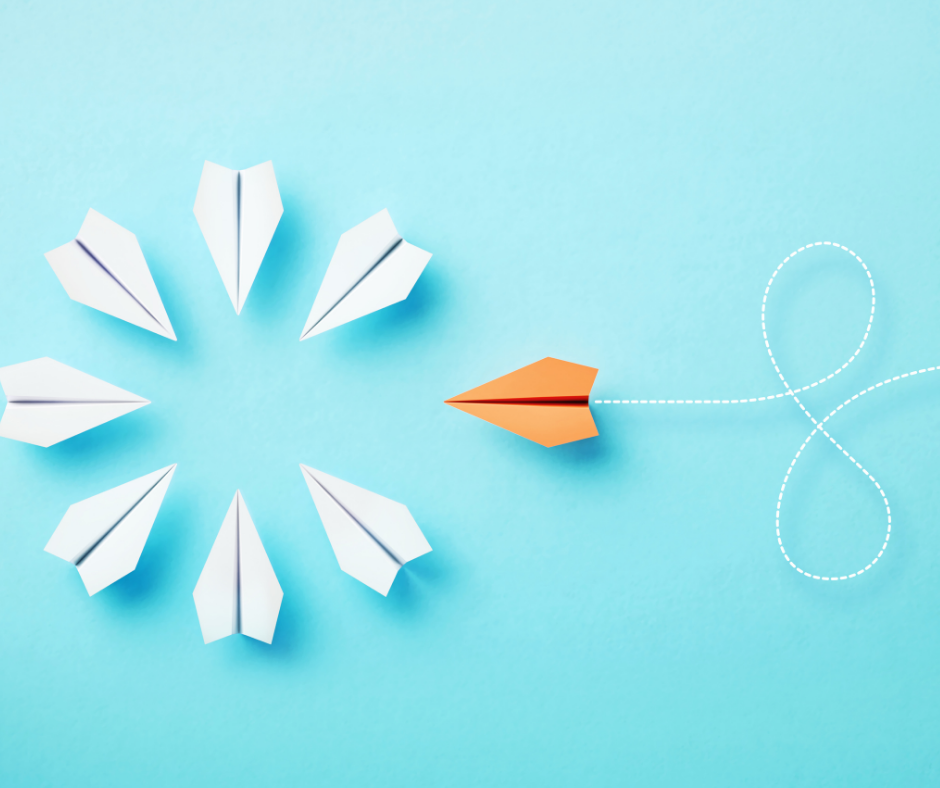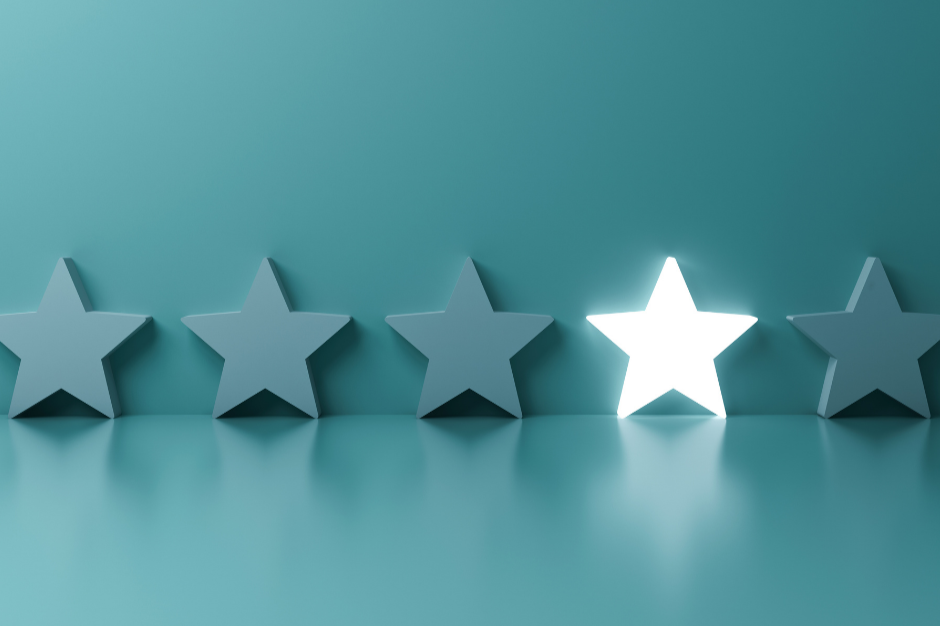Why You Should Start a YouTube Channel for Your Personal Brand in 2024
Now is the time to press play on this next stage of your personal brand (10 Tips)
Next year, I’m doing something I never imagined I would do.
The little kid in me, who was too shy to even speak out loud in kindergarten, who resorted to tapping and pointing with her teachers at any opportunity, would be shocked too.
I’m starting a YouTube channel. Here’s why:
Tip #1: Discoverability for your personal brand
Amidst all the hype of whatever the latest social media channel craze is, here’s something that often gets forgotten: YouTube is the second most visited website in the world. It’s second to Google - who owns YouTube. Ignoring YouTube is literally the closest thing to ignoring Google. An unimaginable concept for most.
It’s easy to forget that YouTube is a search engine. Recall the last time you had a problem. Perhaps you were looking for a recipe, needed help with home repairs, or were seeking professional development advice. You likely ‘Googled’ or ‘YouTubed’ it. Unlike, Podcasts, which still have a long way to go with SEO (search engine optimisation), YouTube is a veteran in the SEO game. It’s better versed in how to organically connect you with your people.
Tip #2: Face the fear in your personal brand
Jerry Seinfeld said:
“According to most studies, people's number one fear is public speaking. Number two is death. Death is number two. Does that sound right? This means to the average person, if you go to a funeral, you're better off in the casket than doing the eulogy.”
An estimated 74% of people fear public speaking.
So, why not start practising speaking in the comfort of your home or office, where you don’t see the eyeballs staring back at you?
With more important things to fear, don’t let speaking be one of them.
Tip #3: Connect your personal brand with visual people
Ever heard someone say ‘I’m a visual person’? Perhaps you’ve said it yourself. Consider taking different preferences, including your own, more seriously.
Neuro Linguistic Programming (NLP) uses ‘representational systems’. These are the sensory modalities for how people process information.
NLP’s ‘VAKOG’ model includes:
Visual (sight)
Auditory (sound)
Kinesthetics (touch/feeling)
Olfactory (smell)
Gustatory (taste)
Adding a sensory experience to your storytelling helps connect with different system preferences.
Tip #4: Deepen relationships with your people with long-form personal brand content
If you’re an Instagram, TikTok, X (previously Twitter) or social media user in general, you likely watch dozens, if not more, videos every day. How many of its creators can you recall after?
Short-form content, as social media is, gets short-term attention. Short-form content, compared to its alternative, is easier to produce and easier to consume. The short amount of time in the interaction also makes it easier to forget.
Long-form content, on the other hand, generally speaking takes longer to produce and consume. But, your audience also spends more time with you. You deepen your connection.
With so much content abundantly available, short-form will have increasing value too. The good news is, with the rise of ‘shorts’ on social media, you can also get the best of both worlds. If you want to dip your foot in the YouTube canal, start with the baby steps of shorts.
Tip #5: Build your personal brand on the new TV
While traditional TV may have tricky times ahead, it’s likely not the case for streaming. With Netflix likely owning the ‘streaming services’ real estate in your mind, it’s easy to forget ole faithful YouTube is one of the world’s largest streaming platforms.
With advances in technology, YouTube has made it to your big screen. Some research has shown that for over 50% of people, it’s even the first app viewers open on their TVs.
Compared to paid services, YouTube at its core is a free-for-all. Clickbait for the conscious consumer, struggling with rising costs of living.
As YouTube has also showed, it turns out you don’t have to be a Kardashian for others to be curious about your reality. Millions tune into strangers every day.
Tip #6: Expand your personal brand skill set, while finding flow
The skill of speaking is becoming increasingly rare among millennials accustomed to communicating via technology. No matter what your role, this skill will always serve you. And demand for this usually only increases as you climb the corporate ladder or gain industry influence.
Having your own YouTube channel will likely improve your verbal and written communication, as well as your technological skills.
Mihaly Csikszentmihalyi popularised the science of ‘flow’. As expected, his research shows the more someone achieves flow during the week, the better the quality of their experience. But, the surprising part of Csikszentmihalyi's research was how often people experience flow at work compared to leisure.
When people are at work, they are facing above-average challenges and using above-average skills. However, while at leisure, we can feel apathy due to below-average challenges and use of skills.
Work has built-in goals, feedback and rules that push our skills and ideally offer a sustainable degree of challenge. This tells us that optimal experiences like this help create flow.
This leads to discussion around better use of your free time:
“Hobbies that demand skill, habits that set goals and limits, personal interests, and especially inner discipline help to make leisure what it is supposed to be—a chance for re-creation.”
When applied to personal branding, so many say they don’t have time to start their own Podcast, YouTube channel or blog. Or simply lack the motivation after a hard day’s work to do more than sit on the couch watching TV. How the apathetic use of our downtime could be hurting our potential for happiness is an interesting motivator. It helps prioritise the value of more challenging leisure time hobbies.
Tip #7: Monetisation
You’ve likely noticed the ads that play on YouTube videos. You might not already know that content creators get paid for those. There are some who make millions from YouTube. Of course, millions don’t. And to get ‘monetised’ on YouTube, you have to meet subscriber and watch-hour requirements. But, if you have the right niche that appeals to enough eyeballs, it could be the investment opportunity you’re missing out on.
But, a word of warning, as most creators will share, YouTube can be a very long game that may never see any monetary reward, so make sure you’re creating content you’d create even without a cent of compensation.
Tip #8: Low to No Set-Up Costs
Whether you’re a consumer or a creator, YouTube is free to use. To get started, all you need is your camera or computer phone. You might decide to invest in a few accessories such as a
Microphone
Light
Stand
As most creators will tell you, start simple. Compared to what you might be imagining, these can come with petite price tags. Remember, there are kids creating content for fun and school projects. There’s equipment out there to suit all budgets.
Overtime, especially if you see a return on investment, you may decide to invest further.
Tip #9: The Changing Economy
In the 1960s, Herbert A. Simon first coined the concept of ‘attention economy’. As an economic problem, he was characterising the concept of information overload. With the advent of the internet, social media and smart phones, imagine what he might think now.
With content creation only rising in supply, attention becomes more scarce. So, what may have begun as the information economy is now evolving into the attention economy. And nested within the attention economy is the creator economy. Those that have converted their attention to an asset. So, in an evolving economy, invest in the asset of you.
Tip #10: Because Nobody Cares
In Failing Forward, John C. Maxwell outlines ‘traps’ that make people back away from risk. A standout is the ‘Embarrassment Trap’. Deep down no one wants to look bad. To which Maxwell has some invaluable advice:
“Get over it.”
You have to get over yourself - because everyone else has. Psychologists’ ‘spotlight effect’ also reminds us that we overestimate the attention people pay to us. Remember, people aren’t thinking about you as much as you think.
So, why wait? If you’ve ever considered starting a YouTube channel, or now feel you should be, make 2024 your Year of YouTube.
Bonus Tip
If you’re going to all the trouble of starting a YouTube channel, why not start a Podcast as well? Simply export the audio from your video to create your Podcast. Either way, you’re building your personal brand presence and skills while meeting your people wherever they most prefer.



